|
Identity is my favorite theme to teach. I am constantly trying new ideas in my classroom but year after year, identity is something I make time for (see here and here) because it's powerful, personal and wonderfully open-ended. My students are invested in it for the same reasons, and because identity is such a prevalent force in their lives in high school, as they deal deciding who they are and who they will become. This year I introduced identity differently than I have in the past. On a recommendation by our school's equity coach I started the unit by unpacking the concept of identity by looking at it through different lenses. Students filled out Identity Wheels developed by the University of Michigan, pictured and linked below. After reviewing expectations for the discussion (which important discussions can't happen fairly for everyone without!) I introduced both the Personal and Social wheels, taking time to explain the difference between terms on the Social wheel like "race" and "ethnicity" , as well as "sex", "gender" and "sexual orientation". I asked students to fill out the Personal wheel and the think about the Social wheel as part of planning and processing, filling it out or not based on their comfort level. Next, we discussed the work of three artists (pictured below) using my favorite Visual Thinking Strategy of asking students "What do you see?" and going around the classroom with each person naming something they notice. This open-ended, student directed tool leads to students actively creating meaning based on their personal experiences and connections. After looking, we discussed how the facets of identity depicted on the wheels related to the artwork. This activity hinges on thoughtfully chosen artworks. I always use my "rule of three" when selecting artworks to show my students - two non-white and or non-male artists for every white, male artist whose work I show. I also intentionally featured work that addresses many facets of the Social wheel These works lead to thoughtful discussions about race, ethnicity, gender and how we connect with/ experience disconnect from the objects in our lives. My SlideshowI noticed that students this year understood the concept of identity more fully and were able to speak to social factors of identity, as well as personal ones, with increased confidence. To end this experience each student shared their work in a presentation to their table group, which gave us all the opportunity to learn from and celebrate each other. Working with the theme of identity provides a challenging art experience, but maybe more importantly, it provides an opportunity for students to explore who they are and understand a little more about others and how their life experiences may be different from their own. In a society that is often politically polarized and clouded by bias and assumption, building tolerance is powerful.
0 Comments
I assess daily with a million informal conversations where I give my high school students valuable information through the exchange of conversation. I decided to use this model for more formal, summative conferences to assess the learning that's happened as kids make art around themes I've set. These one-on-one conferences, focused on the art-making process, involve students sharing evidence of learning in three main areas: communication of theme, originality and artistic growth. For an additional 10% of the final grade I ask for evidence about two Studio Habits of Mind; Engage and Persist and Stretch and explore. This is the checklist I've created to capture this. I've noticed many areas of unexpected impact that I find delighting, over the month this assessment has been in place. One change is in communication. I've stated much more clearly what I want as well as what I value from students. They, in turn, understand clearly about what they are being asked to do as they develop their own ideas in the studio using my Artistic Thinking Process. Conversations are shifting from "is this done?" to "is this original?" or "have I communicate my theme?". As they're working in the studio kids are reflecting on how they're progressing towards mastering the learning goals captured in the checklist! Where I've seen the most impact is with students who were struggling with learning goals. These two drawings were created by the same student for the theme "Persuade Me". I had talked to him many times as his work was in progress, but when we sat down for our assessment conference and he saw that he was unable to provide evidence that his work was original, that it communicated the theme or that he showed growth it became clear to him that needed to do more. The second image shows huge growth - he's visually stating an argument for guns as protection and it's much more original that his previous work because he's combined resource images. I've also noticed a huge shift with motivation in students who previously stopped when they achieved "good enough" or encountered challenges. The student who created the image above changed his work habits drastically after our first conference. He pushed himself by learning the new process of creating a stencil and spray painting. Then, when the final image wasn't what he hoped he problem solved and took a risk to make improvements, creating a work he was truly proud of. This new assessment has given me the tools to clearly explain to students what achievement looks like in my TAB classroom in a way that supports investing the the process and making independent decisions. I thought I was developing a way to grade, but what has happened has gone much beyond that and shaped the culture of our studio into a place where artists are empowered to follow ideas on a journey.
|
Mrs. PurteeI'm interested in creating a student student centered space for my high school students through choice and abundant opportunity for self expression. I'm also a writer for SchoolArts co-author of The Open Art Room. Archives
December 2019
Categories
All
|
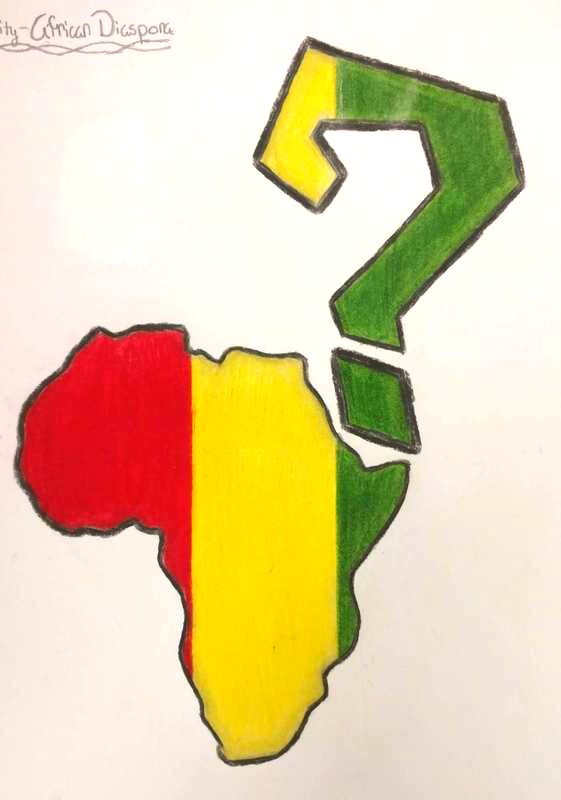
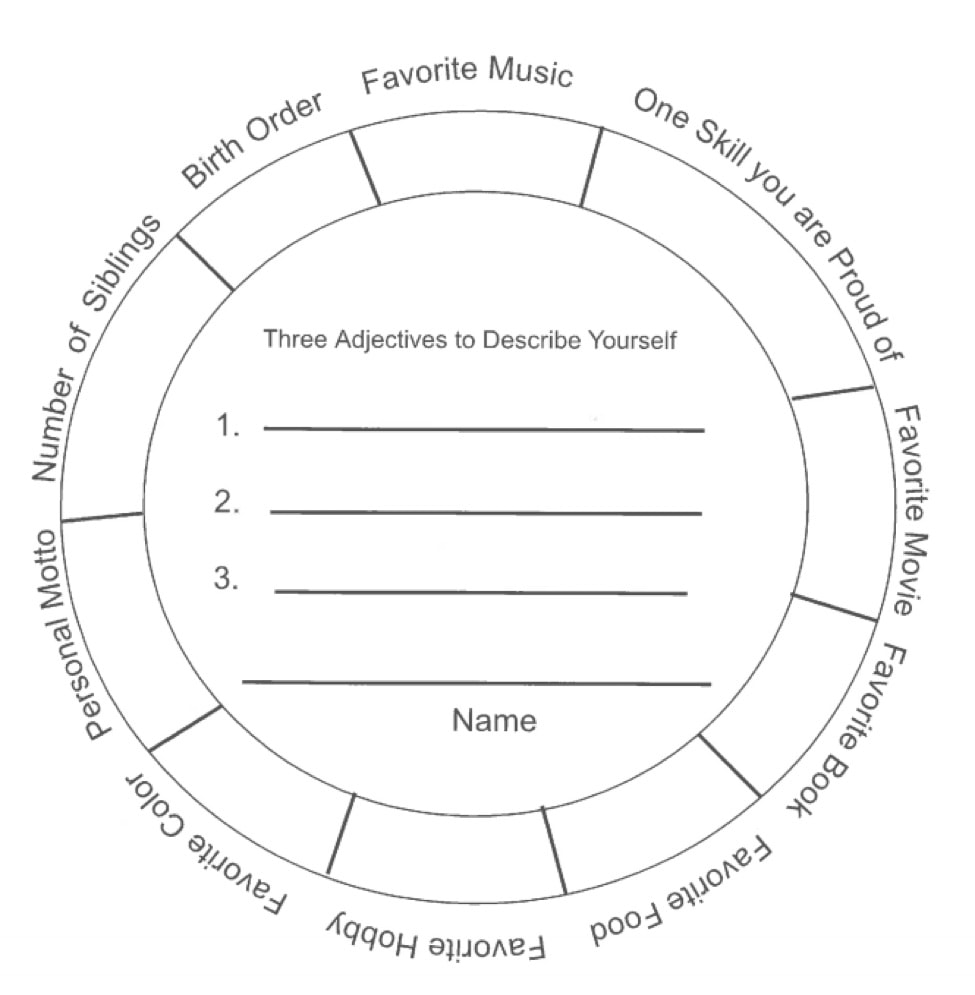

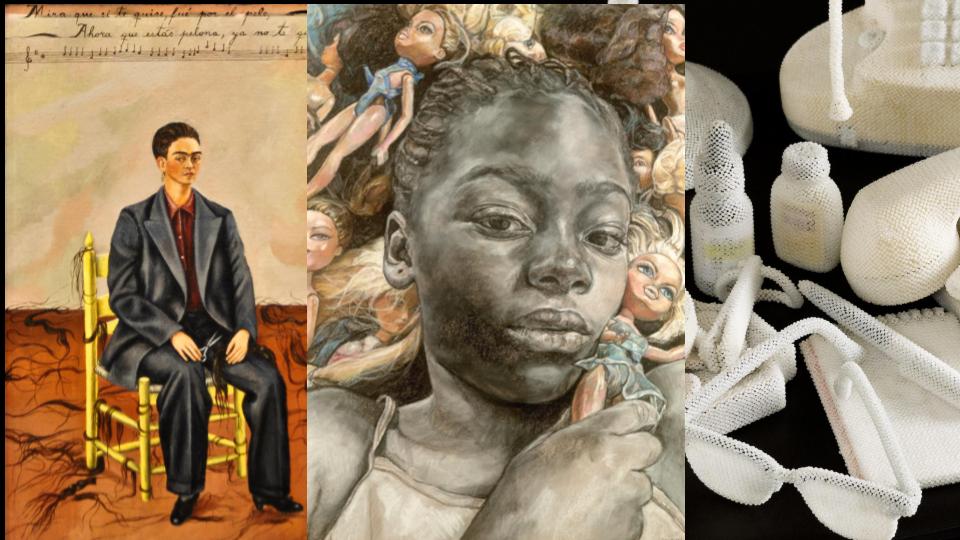
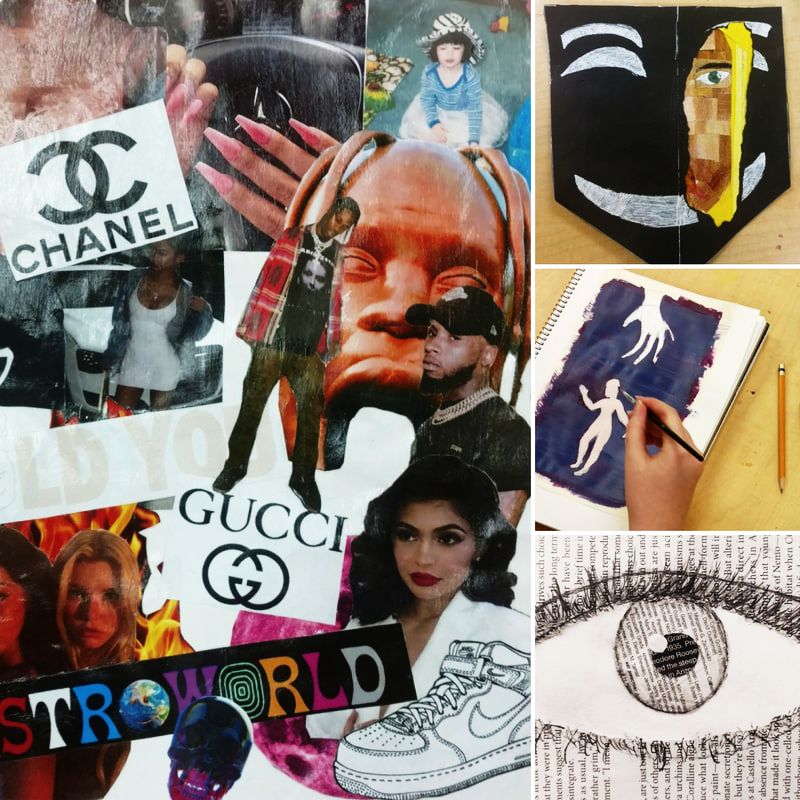
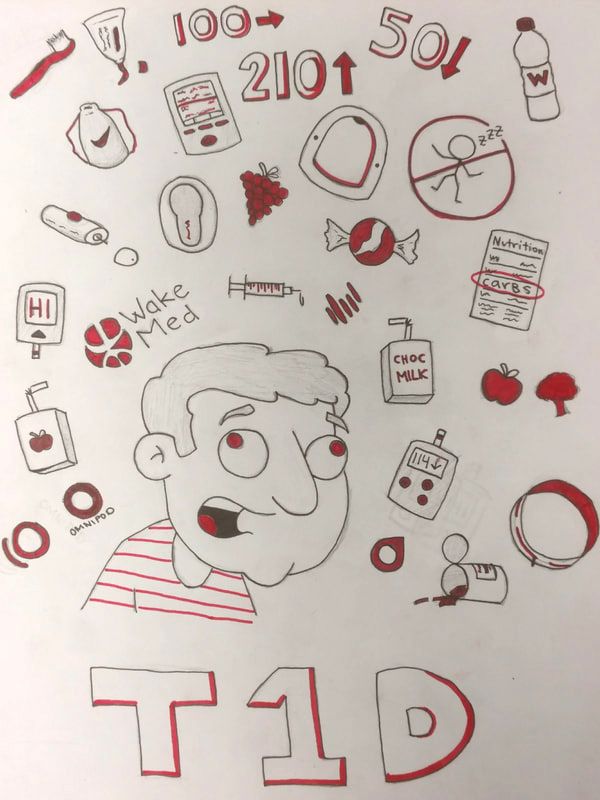
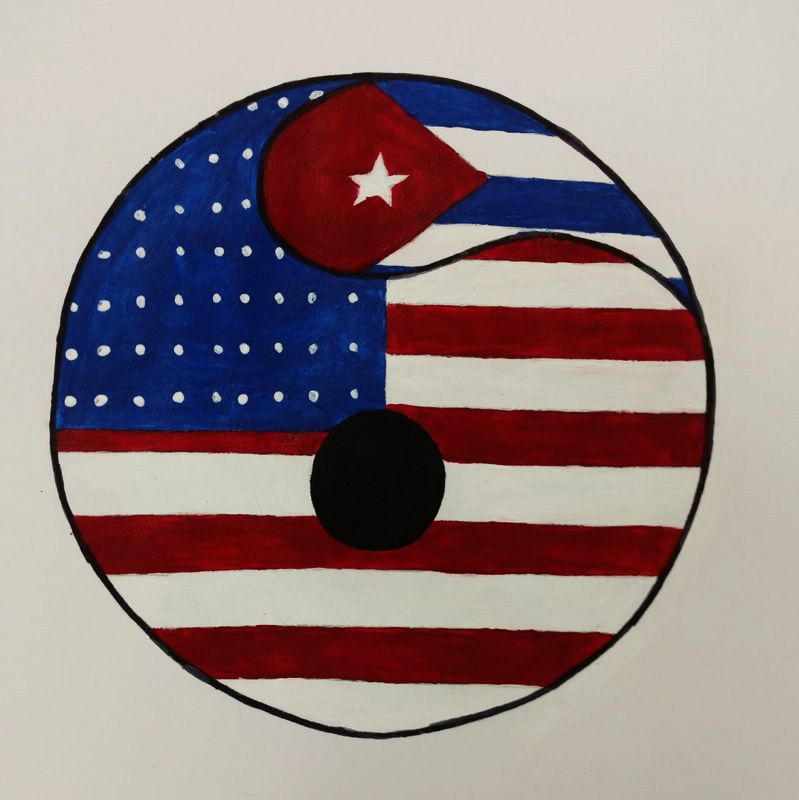
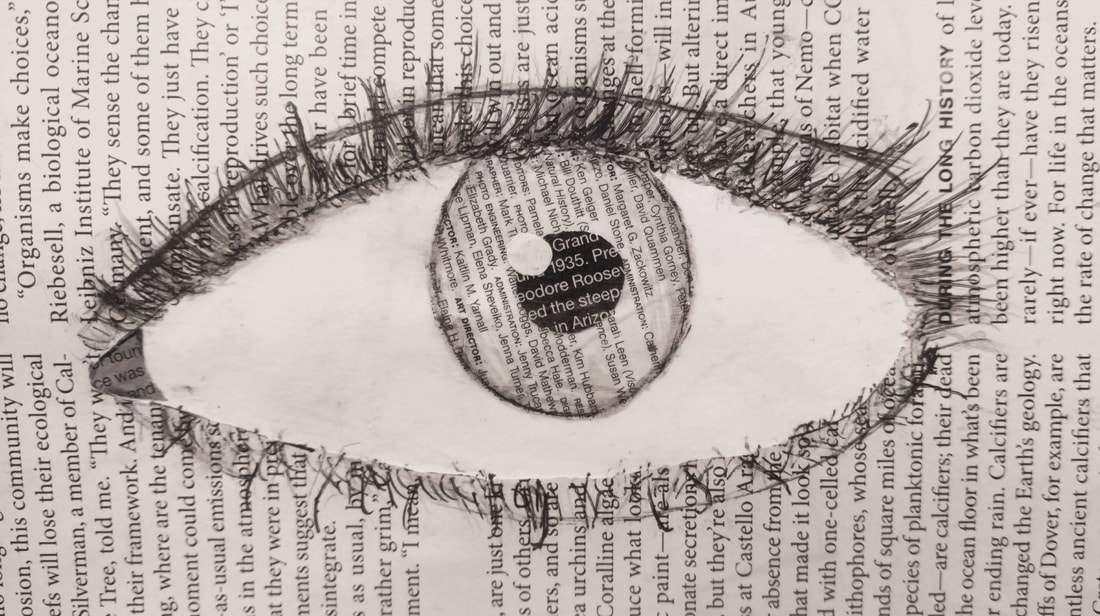
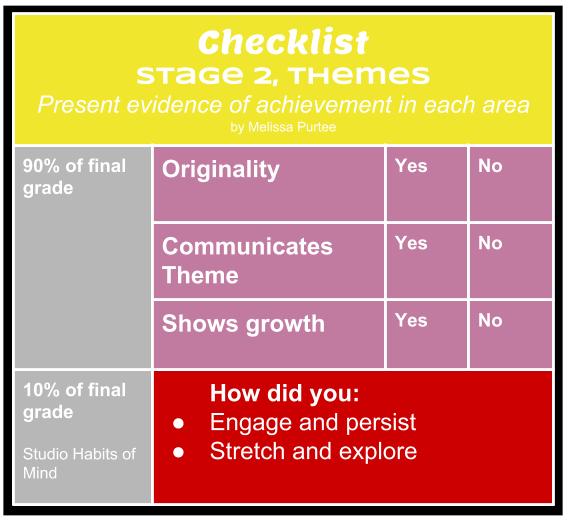
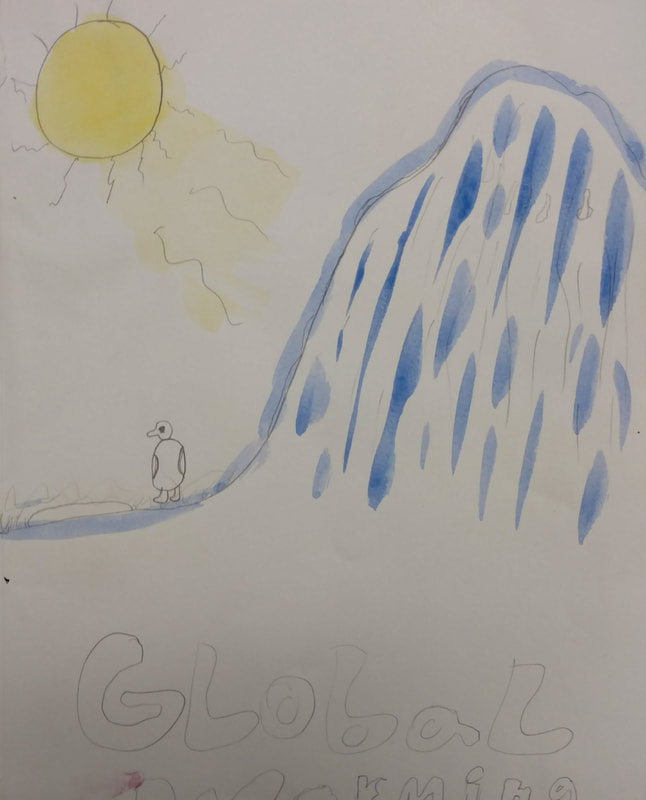
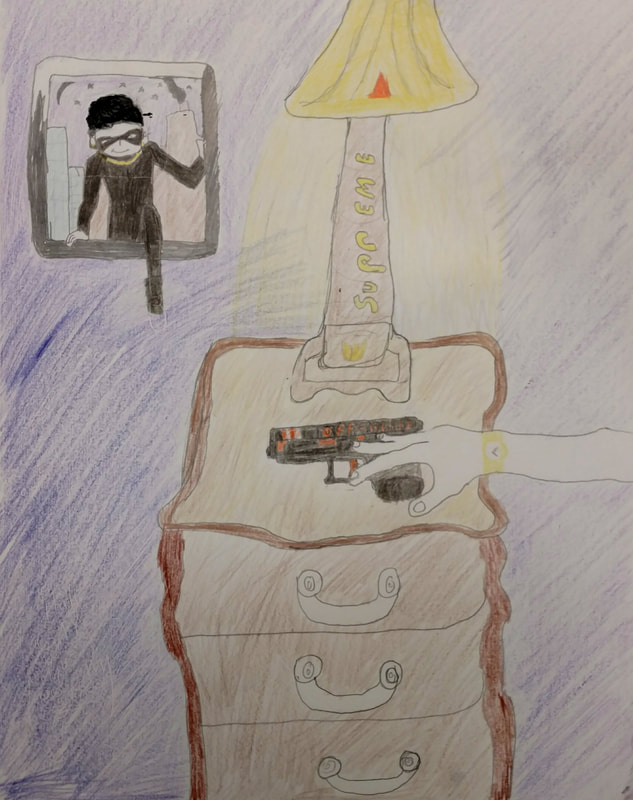
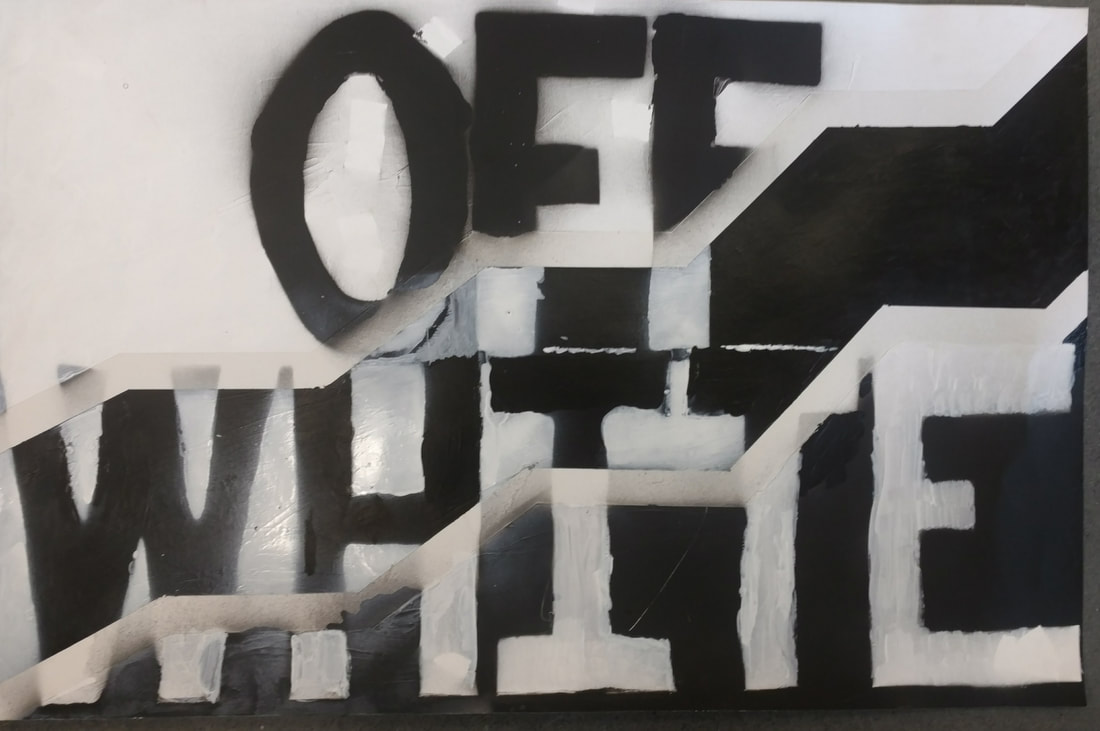
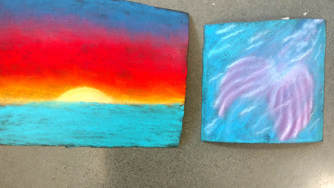
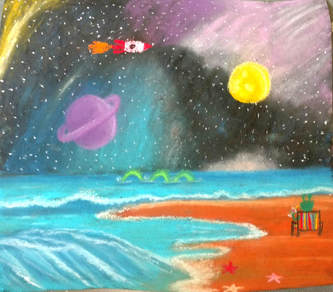
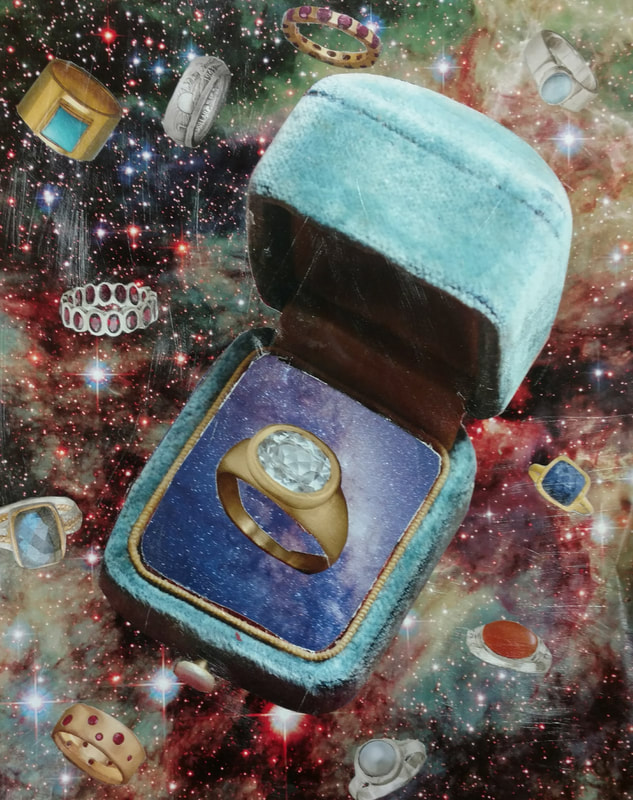
 RSS Feed
RSS Feed
